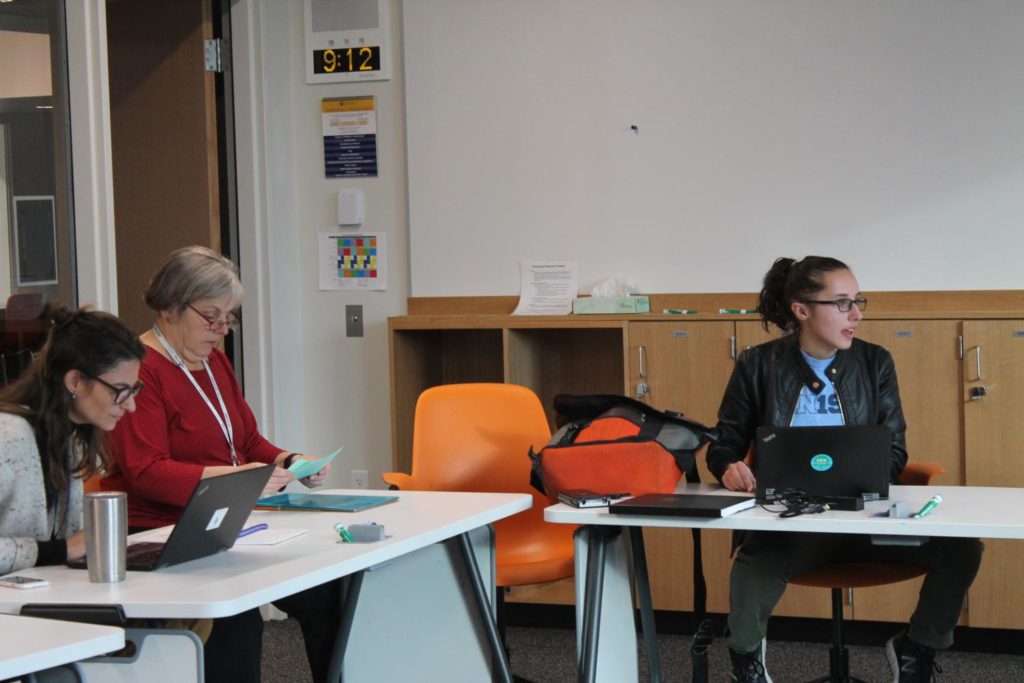27 October 2018 – RubicOnline
The amount of carbon dioxide in the atmosphere has increased 409 parts per million along with other human-made emissions leading to a 1.8℉ global temperature increase since 1880. There is more than a 95% chance that climate change is the result of human action since the mid-twentieth century, according to NASA. Climate change is causing issues around the world including increased temperatures, acidification, and water levels of oceans, shrinking ice sheets, retreating glaciers, decreasing snow cover, and extreme events. The most recent evidence of climate change is Hurricane Michael.
“Especially California, which is where I’m from, that was where I was born, and it’s kind of sad to see part of the land go away.”
Mina Mandic
Minnesota’s Lake Superior’s impacts by climate change are shown through increasing water temperatures, diminishing ice cover, increasing wind speeds, and faster seasonal shifts, according to the Minnesota Sea Grant. On Oct. 10 Lake Superior experience winds up to 64 mph with gusts up to 86 mph along with 20-foot waves causing flooding on shorelines and in the marina and damage to the rest of the city, according to the Twin Cities Pioneer Press. “Over the summer I go to Montenegro about every year, and I go to a beach, and every year I feel like it’s more and more polluted and dirty and it just kind of takes away from the enjoyment that you can have there,” sophomore Mina Mandic said. She often sees issues and campaigns about climate change on Snapchat and Instagram, and some have emotional impacts on her life, “Especially California, which is where I’m from. That was where I was born, and it’s kind of sad to see part of the land go away,” she said.
Student club People for Environmental Protection are planning a few projects to combat climate change including a pollinator garden for the campus to help pollinators to find a habitat and solutions to waste in the design lab.
On a personal level, Shaker-Check recommends shopping second-hand to lessen the 1.2 billion tonnes of CO2 a year that textile production produces. There are 20 new pieces of clothing manufactured for each person on earth in a year. Humans are buying sixty percent more than in 2000 and are disposing sixty percent of produced clothing within a year of purchase. Around twelve tons of clothes go to a landfill a second, according to Nature. Shopping second hand allows for clothes to be reused instead of new clothes being bought.
President of PEP, Iris Shaker-Check said, “I don’t feel like for how dire of an issue it is, there’s enough conversation.” She encourages students to find ways, like PEP events, to get involved.

